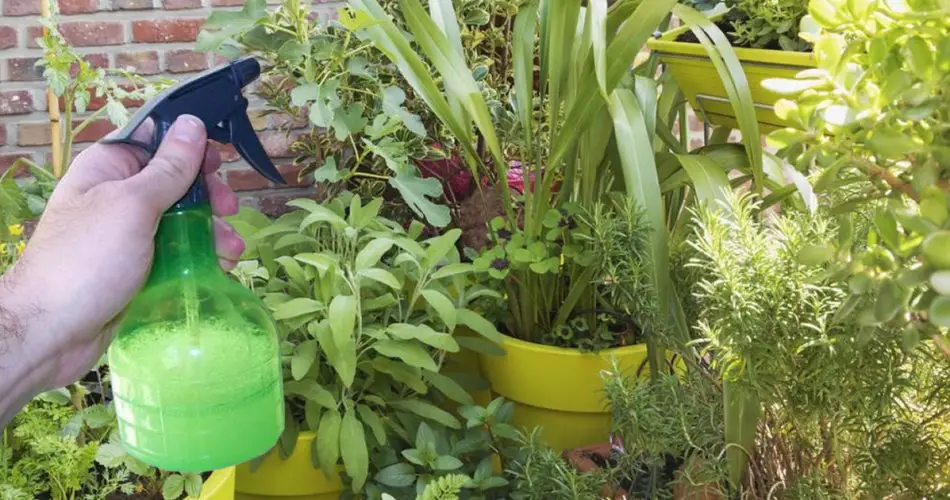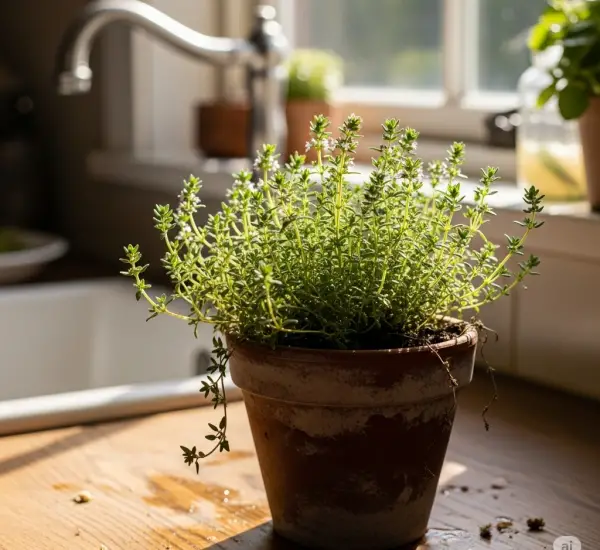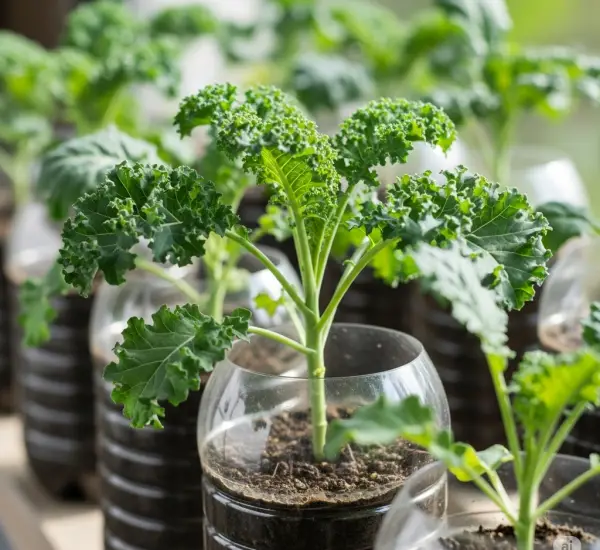Vinegar is one of the most commonly used natural products in both kitchens and household cleaning. Versatile and cost-effective, its applications are truly diverse, making it a must-have in our homes.
Surprisingly, only a few know that vinegar is also incredibly useful in the garden and vegetable patch. It possesses numerous properties beneficial for our plants, making it a valuable ally for those with a green thumb.
Here are 18 uses of vinegar in the garden and vegetable patch, replacing specific products that we often buy but rarely use:
- Vinegar as Herbicide: Vinegar is widely known as a herbicide in gardening. It burns on contact and is useful against insects and fungi. The acetic acid in vinegar dissolves cell membranes, leading to tissue dehydration and weed death.
Note: Apply vinegar in small doses to avoid reaching the weed roots. Excessive application may harm your plants.
- Vinegar to Acidify Soil: Some plants like azaleas, hydrangeas, and gardenias prefer more acidic soil. Water these plants with a solution of distilled white vinegar. Mix 250 ml of distilled white vinegar with 5 liters of water and use the solution to water the plants occasionally.
Note: Vinegar’s effect is not permanent, so it’s ideal to use it approximately once a month. Avoid increasing vinegar doses to prevent plant damage.
- Vinegar as Fungicide: The acidity of vinegar is highly effective against fungi affecting plants. Vinegar lowers the soil pH, creating an inhospitable environment for fungi.
Mix 1 tablespoon of baking soda per liter of water and apply twice a week and after every rainfall.
- Vinegar as Rooting Agent: Vinegar, with its antiseptic properties and enzyme content, can serve as an interesting rooting agent.
The uses mentioned above are the most common ones in gardening, but there are many more, listed below:
- Keep ants away by spraying vinegar around doors, windows, and along their path.
- Deter cats from specific areas by spraying white vinegar. Most cats find the smell unpleasant.
- Prolong the life of cut flowers by adding 2 tablespoons of white vinegar and 1 teaspoon of sugar to each liter of water.
- Remove lime scale lines from glass pots by filling them with a solution of equal parts water and distilled white vinegar.
- Eliminate white stains from glass, terracotta, and plastic pots by soaking them for an hour in a bucket filled with equal parts water and distilled white vinegar.
- Clean bird baths by regularly scrubbing them with undiluted white vinegar. Rinse thoroughly.
- Remove rust from metal objects by applying undiluted distilled white vinegar overnight or longer.
- Clean and disinfect garden or balcony furniture with a cloth soaked in undiluted distilled white vinegar.
- Keep snails away by spraying a solution of equal parts distilled white vinegar and water.
- To capture moths, mix 2 parts distilled white vinegar and 1 part molasses. Pour the solution into a can and hang it on a tree.
- Remove red fruit stains from hands by rubbing them with undiluted white vinegar.
- To clean an outdoor fountain, dip the pump in undiluted white vinegar to remove mineral deposits.
- Neutralize the smell of a dog by rubbing its fur with pure vinegar, then rinse.
Feel free to share these gardening tips with fellow enthusiasts!



